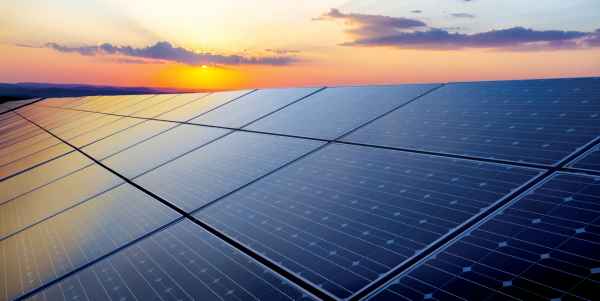The main point of building your own home is to cut down on your operational costs in the long term. This can be best achieved by implementing measures that lead to optimal energy efficiency.
Here are a few construction techniques that can help you build energy-efficient homes that work out feasible in the long run:
Install an Energy-Efficient HVAC System
Most residential, as well as commercial systems, use thermal regulating systems that can be your biggest energy consumer if not regulated properly. What you need is an energy-efficient HVAC system with an adjustable exhaust hood setting that can regulate air intake. Such a timer will ensure minimal operation of the system when there is no activity in your building.
Buying an HVAC system with the latest technology might work a bit expensive initially. However, it will still be a great choice considering all the energy you get to save in the long run.
Position your Solar Panels Correctly
Many buildings today have solar panels installed to reduce their electricity usage. Nevertheless, this will be effective only if you position them in an area that receives an adequate amount of sunlight and heat. It goes without saying that such an area should also be spacious enough for the required number of solar panels to be installed. The roof of your building is usually the best place to install your solar panels as they will be uninterruptedly exposed to the sun during day time.
Get in touch with an expert solar system provider through solar leads. Such an expert should be able to help maximize the energy efficiency of your building.
Get Your Walls Insulated
Energy-efficient buildings are buildings that can independently heat and cool themselves. This is where insulation comes to your rescue. Insulating your building would mean preventing the air from escaping the structure and thus regulating the temperature in your building. Not only will this reduce your electricity usage, it will also take off some of the load from your HVAC system.
You can try ICF (Insulated Concrete Form) construction wherein expanded polystyrene foam blocks will be placed into the sections of your structure. This will prevent air drafts by forming a seal, thereby insulating your building efficiently and protecting it from weather and fire damage.
Focus on the design of your building
How you place your building elements, especially your doors and windows, with respect to the position of the sun, matters a lot when it comes to increasing the energy efficiency of your building. The aim should be to reduce direct sun exposure during warmer days and increase it during cooler days. This kind of positioning can reduce the usage of your HVAC systems.
Installing overhangs can be a great way to alter the sun exposure to your building. By positioning them strategically, you can ensure the proper regulation of temperature throughout the year.
Consider LED Lighting and daylighting
LED lights are more energy-efficient than halogen lamps or incandescent bulbs. They consume one-fifth of the amount of energy consumed by their predecessors and yet produce the same amount of lighting, helping you cut down on your monthly electricity bills. They also last a lot longer than the other lights and don’t need frequent maintenance or replacement. Initially LED lights may seem pricey, but they are still worth your money since they can reduce your energy as well as maintenance costs in the long run.
Use as much natural light as possible during the day by prioritizing windows as well as glass elements. You can use single, double, or even triple-pane glass considering the specific requirements of your structure.
Final Thoughts
Constructing an energy-efficient building will not only reduce your operational costs but will also start your journey toward a sustainable future. By implementing the above construction strategies you can ensure maximum energy efficiency in your building.
